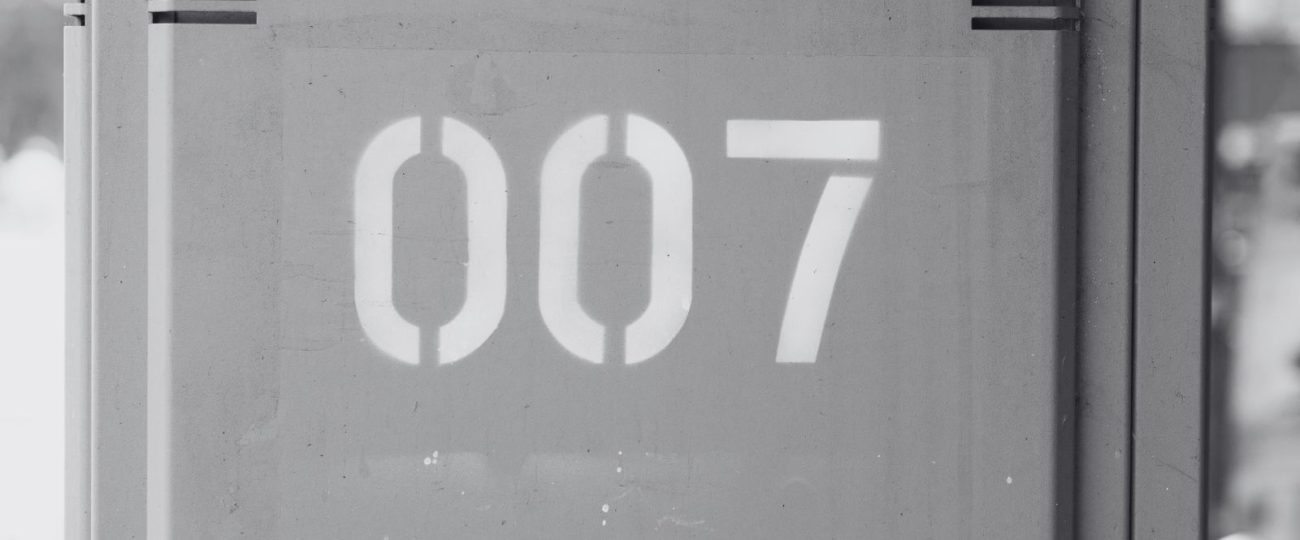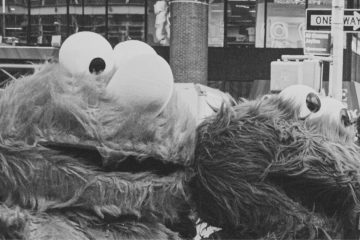What Happened On October 5th?
On October 5, 1962, London’s Pavilion Theatre welcomed moviegoers eager to see Dr. No, James Bond’s first cinematic outing. As the film opened, the audience experienced something new—a secret agent who was charming, ruthless, and undeniably cool. Sean Connery, with a calm delivery of “Bond, James Bond,” defined a new kind of action hero, one who balanced suaveness with lethal precision.
The opening sequence immediately grabbed attention with its striking design and the iconic theme composed by Monty Norman. Maurice Binder’s work on the credits set the visual tone of Bond films to come. Working within budget limits, Binder used minimal resources to craft something memorable. He had originally faced challenges getting the design approved, but once it hit the screen, his abstract visuals became a staple of the Bond experience.
The Jamaican setting of Dr. No didn’t just serve the plot—it was an essential part of the story, tied to Bond creator Ian Fleming’s personal history. Fleming had written many of his novels at Goldeneye, his estate on the island. While the stunning tropical backdrop added to the film’s allure, the shoot wasn’t without its challenges. A hurricane swept through during production, causing delays and forcing the cast and crew to make quick adjustments. Despite the chaos, the cinematography captured Jamaica’s beauty, drawing the audience deeper into Bond’s world of espionage.
Sean Connery wasn’t an obvious choice to play James Bond. A Scotsman with a background in bodybuilding and working-class roots, Connery had to transform into the elegant yet dangerous agent. Director Terence Young played a critical role in shaping Connery’s performance. Young personally guided him, teaching him the habits and mannerisms that would define Bond. The decision to have Connery’s wardrobe tailored on Savile Row cemented the character’s sophisticated yet tough image. When Connery delivered his lines at the baccarat table, it was clear to the audience that he was Bond—cool, collected, and in complete control.
Ursula Andress’s appearance as Honey Ryder became an unforgettable moment in film history. When she walked out of the sea in a white bikini, the image instantly became iconic. Andress, however, had felt uncertain about the role at first. Her voice was eventually dubbed, but her physical presence left a lasting impact. The simplicity of the bikini, which Andress had a hand in designing, turned it into an enduring symbol of the Bond films. Long after the movie premiered, the bikini sold at auction for a huge sum of $500,000.
Bond’s showdown with Dr. No, portrayed by Joseph Wiseman, added depth to the story. Wiseman brought a calculated coldness to his portrayal of the villain. His decision to play Dr. No with restraint rather than aggression turned the character into a psychological threat. Wiseman worked with makeup artists to achieve Dr. No’s haunting, emotionless look, which added an extra layer of menace. His approach set the standard for future Bond villains, who would use their intellect as much as brute force.
The filming of Dr. No wasn’t without its difficulties. The famous tarantula scene, which had audiences squirming, presented a real challenge for Connery. Terrified of spiders, Connery refused to have the tarantula crawl directly on him. To solve the issue, the crew used a glass plate between Connery and the spider, with clever editing adding the illusion of proximity. Peter Hunt, the editor, crafted the scene with rapid cuts and suspenseful music, making it one of the film’s most memorable moments.
As the film unfolded, it became clear that Dr. No was setting a new standard for action films. Connery’s Bond wasn’t just tough—he was stylish and witty. The production design played a key role in this transformation. Ken Adam, the visionary behind Dr. No’s lair, used sleek lines and simple elements to create an environment that felt futuristic and dangerous. With limited resources, Adam managed to produce sets that enhanced the film’s atmosphere of intrigue and tension.
At first, many doubted that Connery could pull off the role. A former bodybuilder seemed an odd choice for the polished, debonair Bond. However, Connery’s performance erased those doubts. His portrayal balanced charm with a quiet brutality, making him the perfect embodiment of Fleming’s secret agent. By the time the credits rolled, it was clear that Connery’s Bond had redefined the action hero.
Producers Harry Saltzman and Albert R. Broccoli had taken a significant risk with Dr. No. The production faced financial setbacks from the start, and many in the industry questioned whether a spy film could find a mainstream audience. United Artists had approved a modest budget, and Saltzman and Broccoli had to get creative to make the film work within those limits. Ken Adam’s ingenious set designs and Terence Young’s deft direction allowed the team to create a polished, high-stakes thriller that felt far more expensive than it was. By the end of the premiere, the producers knew they had launched something special.
When the audience left the theater that evening, they had more than just a film to talk about—they had experienced a shift in action cinema. Bond’s combination of charm, danger, and wit created a template that would influence films for years to come. What started as a modest production became the beginning of one of the most successful franchises in movie history.





